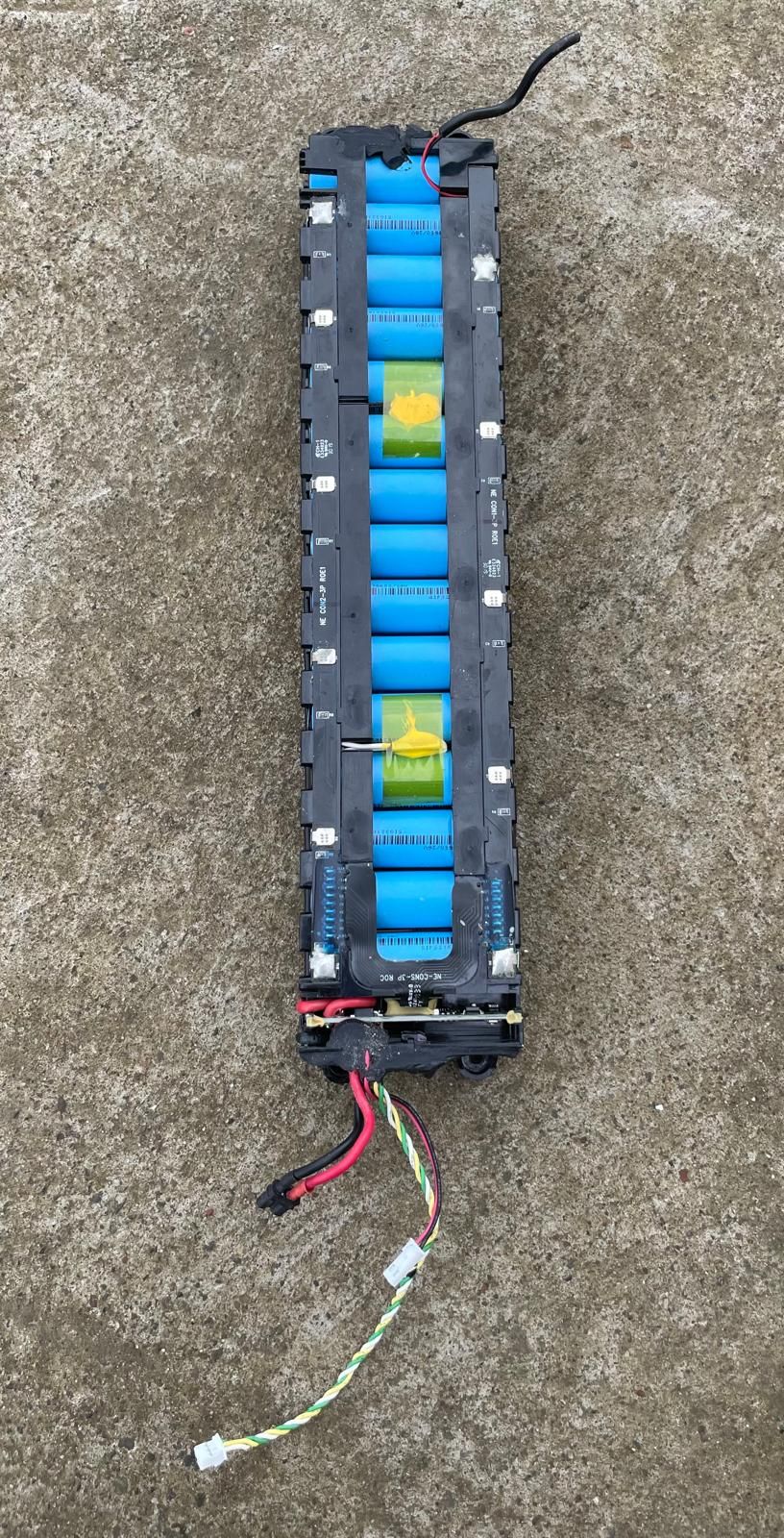E-cycle and e-scooter batteries: managing fire risk for premises

As a Business Owner what are your legal responsibilities towards storing, charging or using mobility devices within your premises such as e-cycles and e-scooters with lithium ion batteries?
The Government has published new statutory guidelines for businesses producing and distributing lithium-ion batteries for e-bikes and associated products. These statutory guidelines set out the safety mechanisms that lithium-ion batteries for e-bikes must contain to address the risk of thermal runaway. They must be considered by producers and distributors of lithium-ion batteries for e-bikes and conversion kits, when assessing whether their battery meets legal safety requirements under the General Product Safety Regulations 2005 (GPSR) as it applies in Great Britain (GB).
These guidelines complement the latest advice regarding managing the fire risk relating to e-cycle and e-scooter batteries. This aims to provide premises managers with tools, resources and options around risk management while safeguarding the utility of these modes of transport for users.
In essence, you must have a written full Fire Risk Assessment completed by a competent fire risk assessor which has due regard to potential ignition sources, their location and storage and that considers fire detection and actions to take in the event of a fire to keep both employees and members of the public safe from fire.
Fires involving Lithium Ion batteries are notoriously difficult to extinguish – indeed there is no ‘extinguisher’ which can do so despite the various claims of some manufacturers. This is because when a lithium ion battery develops a fault, degrades, or suffers damage and ignites the electrochemical materials inside the cells react suddenly causing the cell to enter an unstoppable thermal runaway. These high energy events occur suddenly and with little warning. Fierce reactions can impact adjacent cells within a battery pack one after another like a chain reaction, producing intense firework-like reactions, with exploding projectiles and creating the production of vast quantities of toxic ignitable smoke and vapour clouds.

Guidance from the British Safety Council provides the following advice:
Charging
- The manufacturer-approved charger for the product must be used, and if you spot any signs of wear and tear or damage, the user must buy an official replacement charger for the product from a reputable seller.
- The e-bike, e-scooter or any hand-held equipment batteries must not be charged or stored near combustible or flammable materials.
- The user must ensure the battery does not overcharge – check the manufacturer’s instructions for charge times.
- Users charging must not overload socket outlets or use inappropriate extension leads (use un-coiled extensions and ensure the lead is suitably rated for what you are plugging into it)
Storage
Building owners or occupiers should designate suitable storage and the following points must be considered:
- There should be no storing or charging of e-bikes and e-scooters on escape routes or in communal areas of a multi-occupied building.
If there’s a fire, it can affect people’s ability to escape. - The site Responsible Person should consider the risks posed by e-bikes and e-scooters where they are charged or left in common areas such as means of escape, bike stores and mobility scooter charging rooms. They may wish to offer advice to employees on the safe use, storage and charging of these products.
- If e-bikes and e-scooters are a recognised risk in the building then the site fire risk assessment should include reference to this.
The designated storage location should also be made clear on the site fire plan.
Tests undertaken by HWFRS indicate that extreme care needs to be taken when deciding where and how to store lithium ion battery packs.
Some lithium ion battery pack storage cabinets are being sold as solutions to containing a lithium ion battery pack to mitigate the effects of fire, quoting various European or Fire Resistance standards which could be misleading. However, with the containment of vast quantity of fumes/smoke during a thermal runaway event, this could produce a gas cloud explosion which forces open the cabinet doors and allows the ignition of nearby combustible materials. Assurances should be sought from any supplier regarding how the storage solution has been tested to determine its appropriateness.
Where it is necessary to store or charge lithium ion batteries within your premises, this should be risk assessed and done away from combustible materials and with a suitable means of raising an alarm. Charging cables and fixed installations should be regularly inspected by a competent person for signs of scorching or damage, and where replacements are required, this should be purchased from reputable C E marked organisations rather than purchasing cheaply.